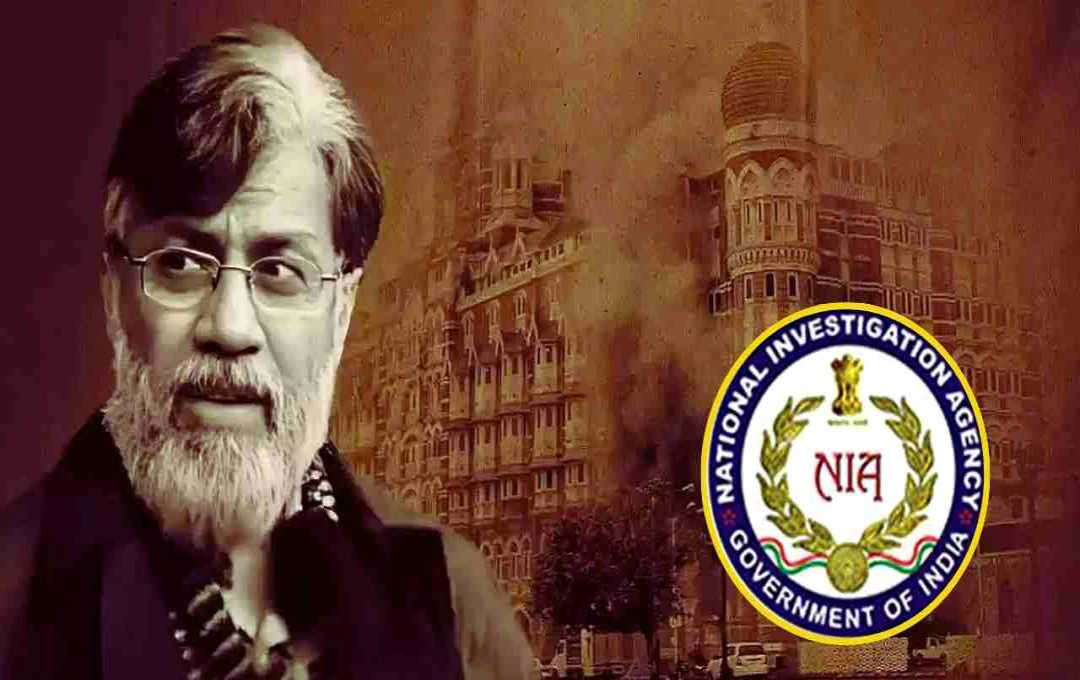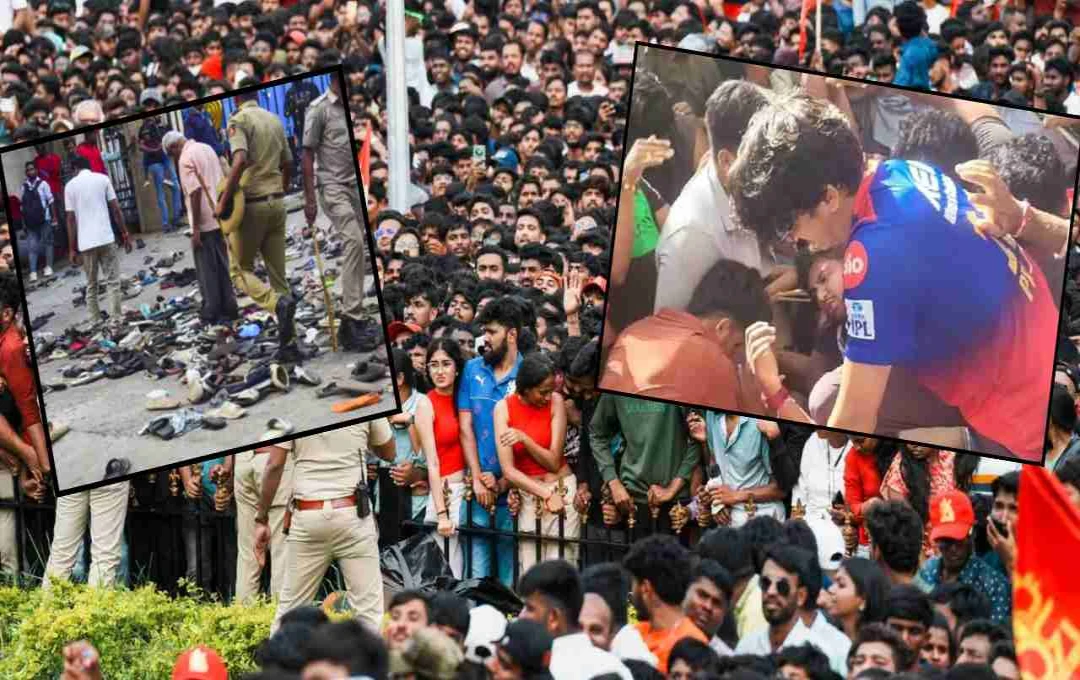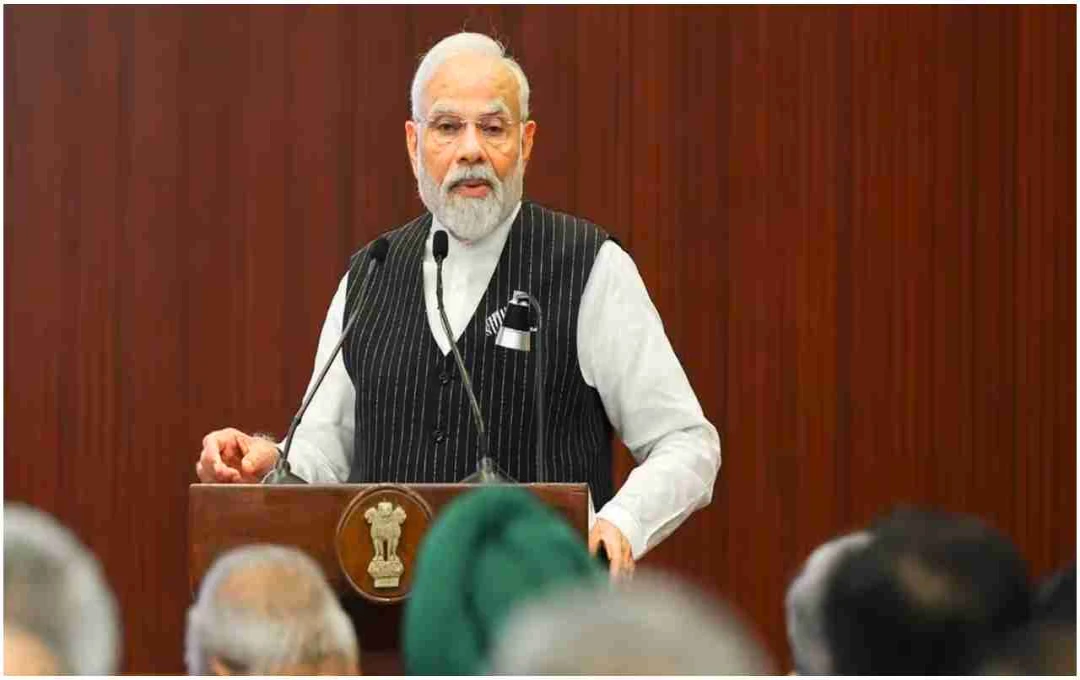The National Investigation Agency (NIA) has strengthened its case against Tahawwur Hussain Rana, a key figure in the 26/11 Mumbai terror attacks. Recently, voice and handwriting samples were collected from Rana, which will be compared with crucial evidence related to the attacks.
New Delhi: On Saturday, the National Investigation Agency (NIA) collected voice and handwriting samples from Tahawwur Hussain Rana, an accused in the 26/11 Mumbai terror attacks. The voice sample was recorded at the NIA headquarters in the presence of a forensic expert, while the handwriting sample was obtained in the presence of a judge at Patiala House Court in Delhi. The process involved Rana writing his name, address, the alphabet (A-Z), and numbers (1-10). Five copies of these samples were prepared.
According to NIA sources, the voice sample will be compared with existing live recordings already present in a US court. Forensic experts were present during the voice sampling. Although Tahawwur Hussain Rana has not been highly cooperative in the investigation, he did not refuse to provide the samples. Initially, he questioned the need for the samples, but later agreed to provide them.
Samples Collected at Two Different Locations
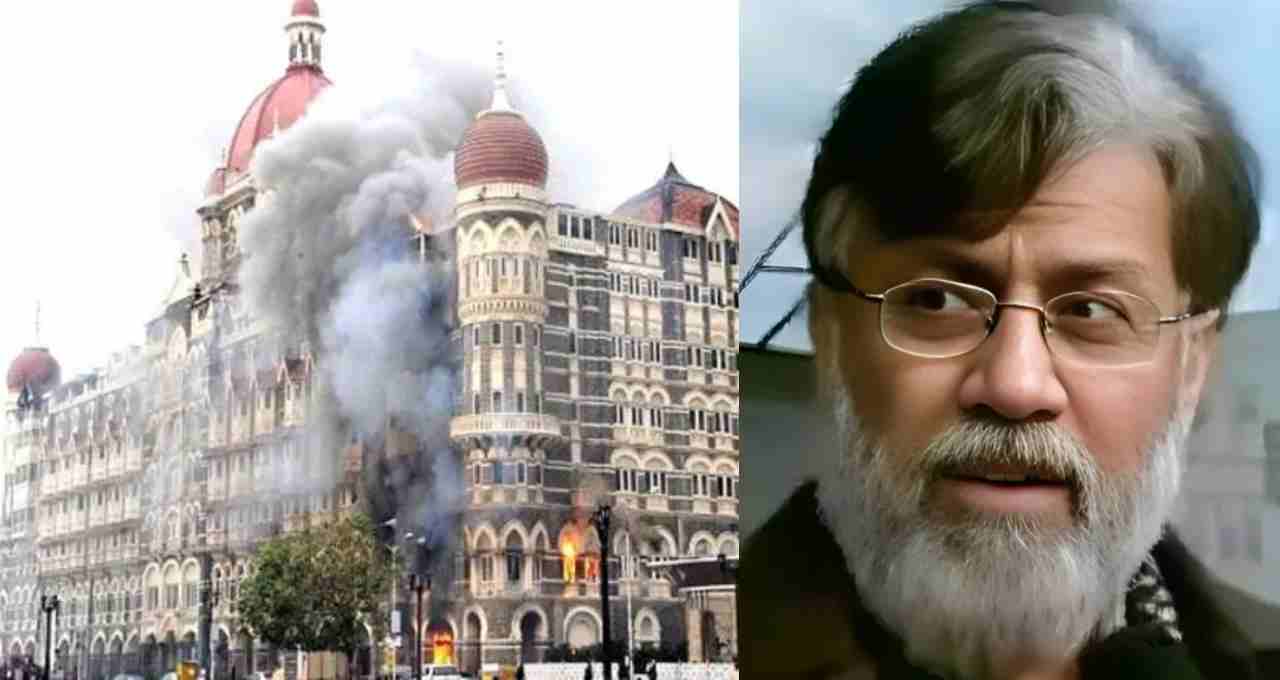
The NIA collected Rana's voice sample at its headquarters, where, in the presence of forensic experts, he was asked to repeat his previous speeches and call recordings. The handwriting sample was taken at Patiala House Court in Delhi, where Rana was asked to write the English alphabet (A-Z) and numbers (1-10). His name and address were also written, and five copies of each were prepared.
According to NIA sources, these samples will be sent for forensic comparison with audio recordings and documents related to Rana already in the possession of US investigative agencies. If similarities are found, it will further strengthen the case against Rana.
Samples Provided Without Resistance, but Limited Cooperation in Investigation
While Tahawwur Rana has not been fully cooperative with the investigation, he did not resist providing the voice and handwriting samples. Initially, he questioned the justification for the procedure, but later agreed to provide the samples at the request of the investigating agency. Notably, Rana provided these samples in English, as the documents and recordings available with the NIA are also in English.
Next Step: Lie Detector and Polygraph Tests?
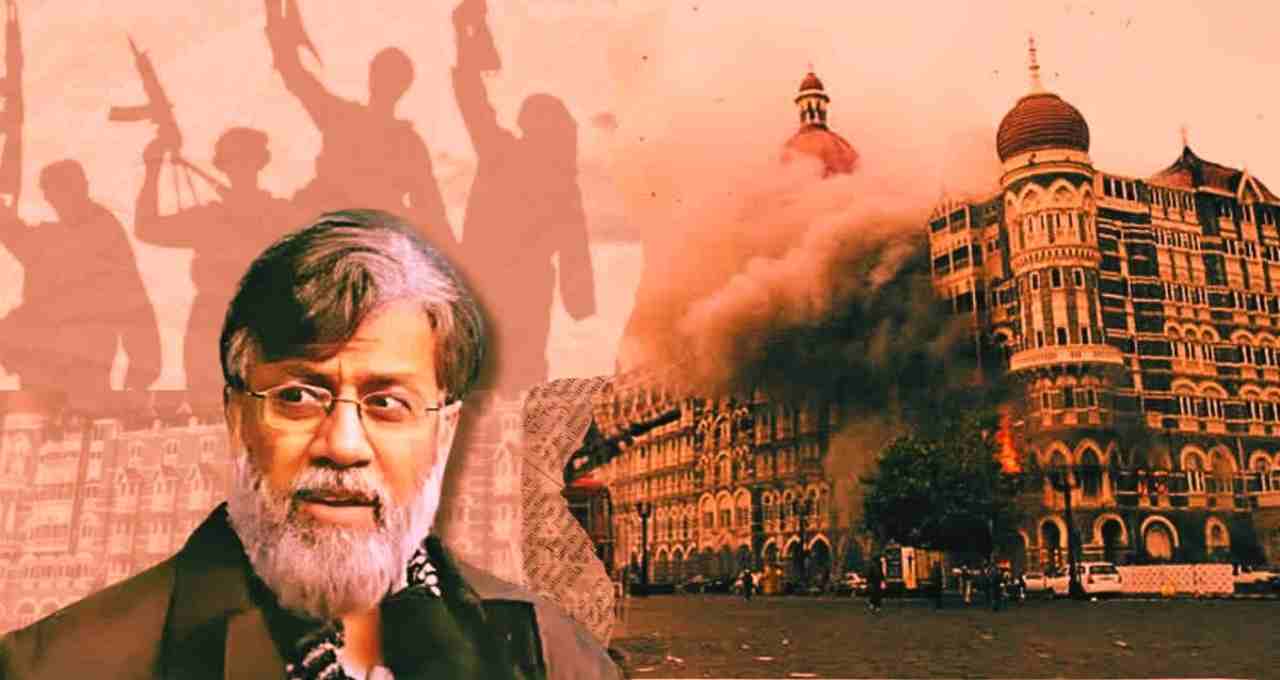
According to sources in the investigating agency, Tahawwur Rana may also undergo lie detector and polygraph tests. However, these tests will be possible only if Rana is sent to Tihar Jail in judicial custody. The NIA has already kept him in police remand for 30 days – initially 18 days and then a further 12 days. Legally, his remand period cannot be extended further.
Increased Scrutiny in India After Extradition from the US
It is noteworthy that Tahawwur Rana was extradited from the United States to India, where he is facing serious charges of involvement in the conspiracy behind the 26/11 attacks. Rana was a close associate of Pakistani-American terrorist David Coleman Headley. Headley has already confessed his involvement in the attack and named Rana.
Now that the agency has Rana's voice and handwriting samples, the investigation is expected to gain ber footing. If this forensic evidence matches other materials related to the attack, the path to sentencing Rana may become clearer.
